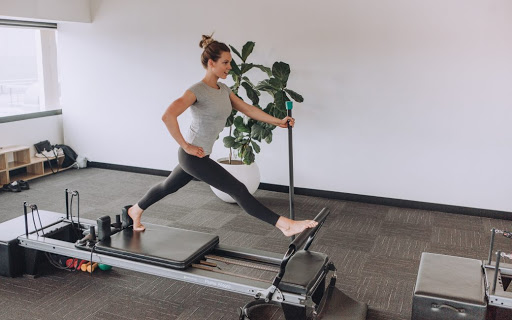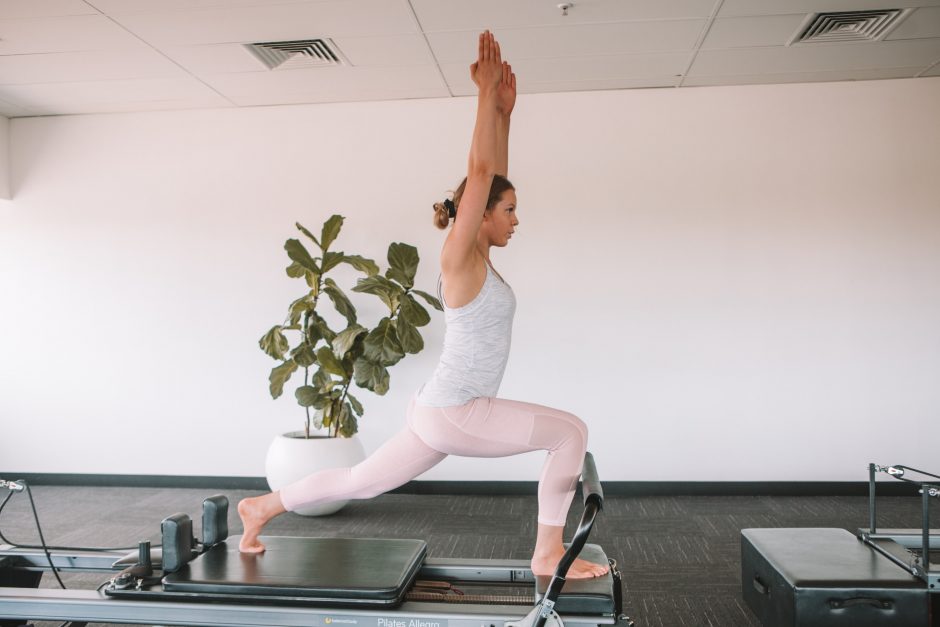Living in the 21st century can be as exhausting as it can be rewarding. Life moves faster as the use of technology is in a constant exponential growth. This progress in most aspects of our lives has a major drawback when it comes to our general wellbeing. The result is the deterioration of the quality of our lifestyle, too much time spent staring at a screen, increased stress and anxiety levels. We know we need to manage this tension and pressure somehow, and what is a better way to do so than by exercising? Being in control of your posture and movement will positively reflect on your mental health.
Flexibility and Body Awareness
There are many activities you can engage in to get the wanted results. A lot of them include cardio exercises, but today the focus will be on the freedom of movement. Our physique, posture, muscle tone and blood circulation will all strongly affect your daily activities. So if you’re in for a long-term result of reducing stress, Pilates and Yoga are the best approaches.
These exercise systems are not a typical workout, but rather a set of poses. They are considered to have a therapeutic effect, and Pilates is especially focused on the core of the body. There is a perfect balance between strength and general coordination in this method. It was developed by Joseph Pilates in the 1920’s with the aim to improve the process of rehabilitation for soldiers. Its main principles can be summed up in a word “contrology”, often used by its inventor.
It can also be adjusted for numerous purposes, from sessions for professional athletes to the ones designed for patients with osteoporosis. This is due to the fact that it’s a discipline specially designed to work from the center of the body outward, flowing to extremities through every muscle. It is still commonly used in the rehabilitation process, helping patients recover from injuries.
The Intelligent Movement

Pilates offers you a whole-body experience. It may appear quite easy and effortless but it requires great focus, concentration, and commitment. The main goal is to gradually stretch and lengthen your muscles for a more functional lifestyle. It can be used both with and without the machines, so there is a basic division to mat and equipment-based. Numerous forms and variations have evolved in the meanwhile, so you can either choose to work in a group or individually with a trainer. If your primary reason is therapy, there is no doubt you should opt for a clinical approach, like the one at Movement 101, that is designed by physiotherapists.
Pilates is called the intelligent movement because it challenges your body and your mind. The method is based on being in an unstable position while focusing on breathing and trying to move another part of the body. Pilates is all about quality over quantity! Quality of movement, breathing, life. Sessions usually range from an hour to ninety minutes and you shouldn’t expect quick results. The exercises are performed very slowly with numerous repetitions. This helps fixation of your spinal position, which in the long term means significantly improved posture. Results of clinical trials show that the progress is usually seen after at least ten sessions. You can choose a certain area to focus on, or just start with the essentials (Single Leg Circle, The Roll-Up, The Roll Over, The One Hundred, Criss-Cross, etc.) and see what fits you best.
Be aware that if your main goal is to build bulk, this is not exactly the way to go. Proper alignment and strength of your core are the reasons the rest of your body will be supported. In a way, you will be creating a frame, and one of the first evident results will be better relaxation and less pressure on your shoulders and neck. While the blood flow is increased, your circulation will get immensely better and you’ll feel more energized. Another important aspect of body toning is that your movement will start to change. Over time, it will become more and more graceful. Keep track and don’t forget to notice the little things, such as the way you lift and carry items, the time and energy consumption while shopping or the effort used while doing chores.
Conclusion
Over the past century, the method and system of exercises used in Pilates have evolved and integrated more thoughtfulness. The way the movements are combined allows for the deepest muscle tissue to be reached. Increased muscle mass and improving balance will significantly affect your senior age, preventing falls and muscle spasms. To quote the inventor, Mr. Pilates “Above all, learn to breathe correctly!” Isn’t that the most vital part of life? Start your journey with a tryout at home, watch some YouTube tutorials and make the first step toward complete control and balance today!
Read More:
5 things to know before you take pilates classes
Exercising and its effects on your skins glow
Traveling with back pain: 5 tips for a more comfortable trip
How to improve mobility in your 40s and beyond


